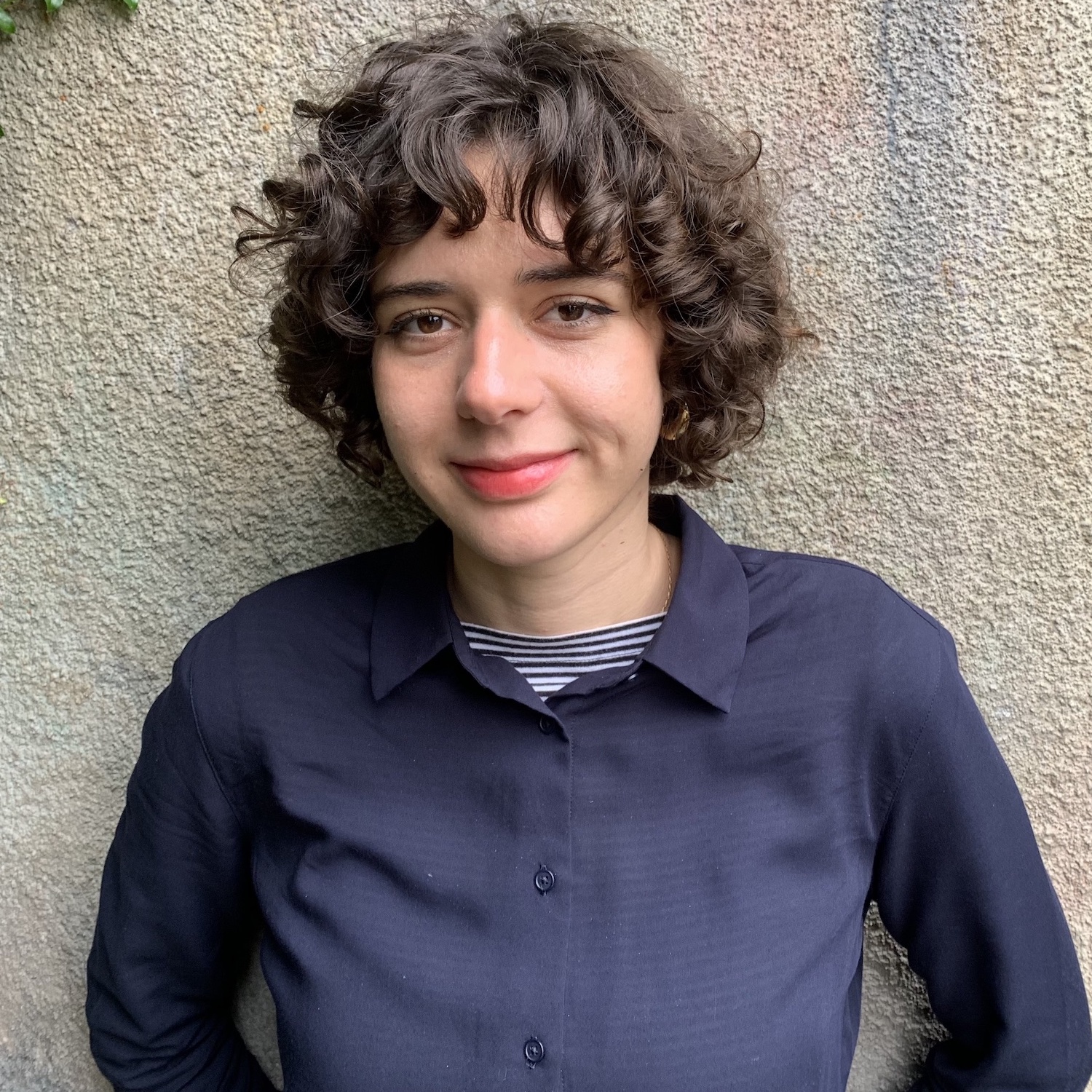We are pleased to announce the recipients of 2021 research grants for GTU students working on interreligious projects related to Judaism and/or Islam. Please see the list of distinguished students and their project titles below, with more details on their incredible work to be added soon.
We would like to thank the generous support of the Walter & Elise Haas Fund, which has provided funding to the GTU in support of the Madrasa-Midrasha Program's collaborative interreligious effort cosponsored by the Center for Islamic Studies and the Richard S. Dinner Center for Jewish Studies.
Art, Spirituality and Chaplaincy: Exploring the Engagement with Art in Self-Care and Patient Care

Our research focused on two main areas: how hospital Chaplains used art and creativity in engaging with patients, as well as how they leaned on it to cultivate their own self-care and resilience. While some of our findings showed how Chaplains directly connected to their Jewish and Islamic traditions through Hebrew song, melodious recitation of the Qur’an, appreciation of the Creator and Creation (nature-based reflection, poetry, etc.), other explorations of art and creativity were more open / secular in nature – playing creative games, water-color expressions of their inner emotional and spiritual state, free-flow and prompted prose/poetry writing. A notable value we realized was that when artistic expressions were facilitated by a Chaplain, in a non-judgmental, accepting and spiritually-reflective approach, it seemed to allow for more freedom and creative empowerment for the patient. We look forward to sharing more of our findings and inviting Chaplains onto a panel webinar in the Madrasa-Midrasha program this Fall.
A notable value we realized was that when artistic expressions were facilitated by a Chaplain, in a non-judgmental, accepting and spiritually-reflective approach, it seemed to allow for more freedom and creative empowerment for the patient. We look forward to sharing more of our findings and inviting Chaplains onto a panel webinar in the Madrasa-Midrasha program this Fall.
God’s Co-Creators: Spirituality, Childbirth and Mothering
Do motherhood, caretaking and nurturing practices and traditions give women a role as co-creator?
To answer that question, I hoped dispel that the Fall in the Old Testament meant a lifetime of penance for women. Rather, that motherhood is seen by both Jewish and Muslim women and men as a blessed act. A privilege.
I researched articles, books and sacred texts, interviewed women, and read literature and poetry. While none of my research uncovered the language of “God’s Co-Creator,” what I kept hearing again and again was the essence of co-creating; it was a feeling that motherhood deepened a connection with the Divine no matter the technicalities or beliefs of how the women (Eve, Mary, Hagar, myself) were impregnated. Playing a role in creation binds us to God, leads us to love unconditionally, and presses our hearts with gratitude.
I learned semantics are important. No human or animal can truly know the mystery behind the source of all creation. Yet the miracle of conception and birth, all the knowledge one gains caring for a child continue to interest our humble, spiritual selves.
Perhaps that is why we listen for truth in the words of poets.
Jewish Influence on Women’s Dress and Fashion in Egypt
This research examines the contemporary fashion system in Egypt and the rising second generation of designers in the post-Arab Spring period. I look at the changing nature of dress in Egypt in the century between 1850 and 1950 as a time characterized by political, economic, and cultural transformations, prompting gradual yet major alteration in dress among urban populations, mainly in Cairo. There is no trace of a local mass fashion industry akin to or competing with Euro-American ones, at least not before 1930. During that period, Egypt adopted the industrialization of textiles on a large scale characterized by the cultivation of long-staple cotton as part of a broader national movement against British imperialism. Therefore, it is worth centering the role of department stores and the printing press as platforms for marketing and selling Western imported clothes, which served as an arbiter, classifier, and educator of taste and style.
Blacks and Jews: A People of Displacement
This series of essays will examine the black/African Muslim and Jewish diaspora experiences, alongside their historical significance and impact on each group’s plight for self-determination. The implications of a shared diaspora experience, yet different socio-political and economic outcomes, will be explored through current-day relations between black/African American Muslim communities and Jewish communities. The first essay will introduce the historicity of blackness as a fluid concept and signifier. The next part of the first essay will define and examine diasporic frameworks and the historical significance of the African and Jewish diasporas. The second essay maintains that blacks and Jews are historically diasporic populations while delving into a closer examination that reveals points of convergence and divergence. The third and final essay probes further into the points of convergence, which have created bonds of empathy and solidarity, and points of divergence, which have caused underlying tensions and sometimes led to conflict and estrangement. These essays intend to promote inter-and intra-religious and cultural introspection and discourse among black/African American Muslim and Jewish communities.
Countering Violent Extremism, Zionist Organizations and the Myth of 'Muslim Antisemitism'
More info forthcoming.




